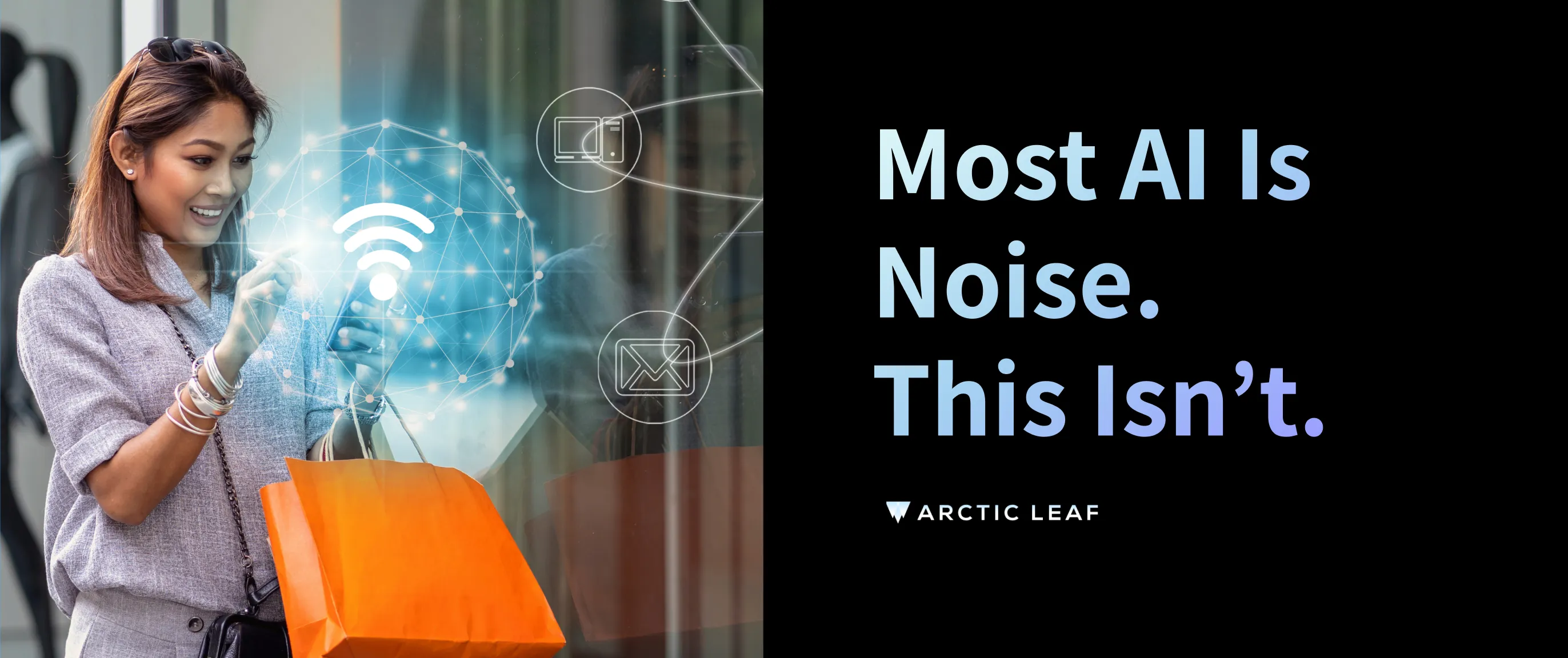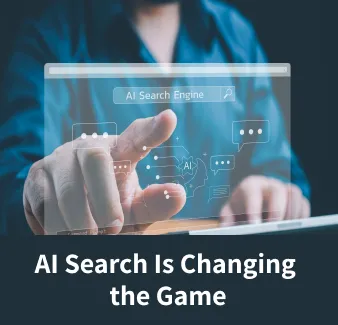Where AI Actually Works in E-Commerce UX
Key Takeaways
-
AI in e-commerce works when it’s built with a real goal.
-
Shopify AI tools like Boost and Predictify are actually helping merchants convert.
-
AI personalization leads to higher repeat sales when it’s based on behavior, not guesswork.
-
Don’t trust AI to write your copy or your visuals. Customers can tell.
-
Use ROI, speed, trust, and LTV to decide if a tool is worth it.
Top AI Tools That Actually Boost E‑Commerce UX
Everyone is adding AI. Few are using it well.
That’s the truth. In AI ecommerce, tools are being slapped onto every plugin and platform like a sticker that says “smart.” But if you're in the business of conversion, not gimmicks, you know better. What matters is what AI does, not that it’s there.
Let’s be clear: AI can improve the e-commerce experience for the customer and the business. But only when it's built with a purpose. When it’s not? It clutters UX, slows down the path to purchase, and eats away at brand trust.
We’re breaking it down. Where AI adds value. Where it wastes your time. Then we’ll give you a checklist so you know what’s worth your investment.
Where AI Pulls Its Weight
Search That Understands the Customer
Searchspring uses natural language processing and machine learning to handle typos, long queries, and intent. It delivers relevant products faster with dynamic sorting and real-time merchandising, cutting clicks and boosting conversions
Smart Recommendations That Convert
Searchspring also powerfully recommends products via predictive personalization and bundling. Shoppers see relevant items based on behavior, pushing AOV and repeat purchases .
Personalized Marketing That Retains
MoveableInk (Da Vinci) uses AI models for email and mobile personalisation. It selects assets, subjects, send time, and frequency per user, improving engagement and lifetime value .
Conversational Ordering & Support
ChatGPT now provides product suggestions, price comparisons, cart links, and conversational checkout help. It answers questions, upsells, and handles routine support, and with OpenAI’s shopping rollout, it guides users conversationally .
Decision Support & Inventory Intelligence
Claude by Anthropic can analyze sales, trends, and reviews, support supplier comparisons, automate inventory forecasting and customer-service tasks .
Where AI Falls Flat
Auto-Generated Copy That Says Nothing
AI can write product descriptions. But should it? Most of what it spits out is generic, repetitive, and tone-deaf. It doesn’t speak your brand language. And customers can tell when it’s robot-written. Bad copy leads to bad conversion.
Visuals That Look Like Stock Photos’ Weird Cousins
AI-generated images can help speed up testing, but most of the time, they look off. Uncanny lighting, awkward angles, fake reflections. That’s not how you build trust with someone about to drop $200 on a jacket.
Chatbots That Can’t Actually Help
A chatbot should do one thing: solve a problem fast. Most AI chatbots? They stall. They loop. They hand you off. They irritate. If your bot can’t answer real questions with real solutions, it’s hurting your UX, not helping it.
How to Tell the Difference
Before you invest in any AI tool, run it through this checklist:
- Return on Investment (ROI)
Is it helping you make more money or save money? Think in real numbers. Higher sales, fewer returns, lower labor costs, better margins. - Speed
Does it make something faster for you or your customers? This could mean quicker site updates, shorter checkout time, faster search results, or easier backend tasks. - Trust
Is the output accurate, personalized, and consistent with your brand voice? Good AI helps build confidence. Bad AI creates confusion or feels fake. - Lifetime Value (LTV)
Does it improve the overall experience enough that people want to come back? Look for tools that support retention, like smart recommendations, timely communication, or useful follow-ups.
If the answer’s no across the board, it’s just noise.
At Arctic Leaf, we don’t add AI for the sake of it. Our suite of custom e-commerce design and development services is built to do one thing: perform. We integrate AI only when it makes the experience sharper, cleaner, and more profitable. UX design, CRO, development, email—we handle it all with precision.
Want to stop guessing what works? Work with a team that knows. Whether you’re scaling wholesale, running a custom storefront, or exploring AI in DTC, we’ll help you build what works.
Let’s build something that converts.





